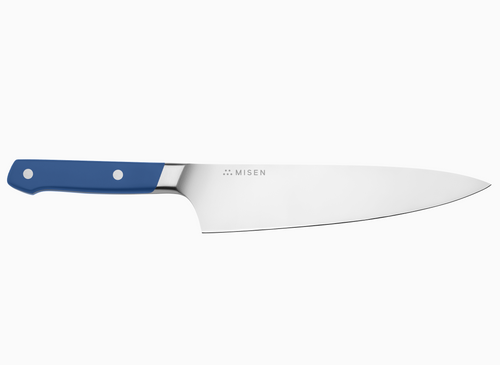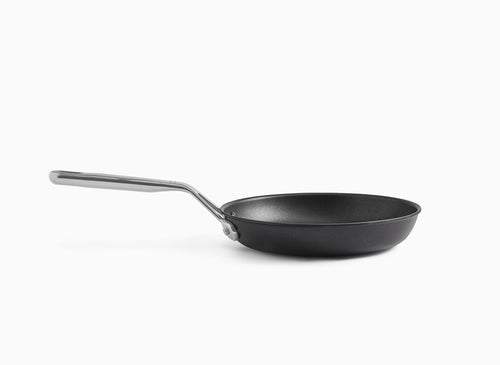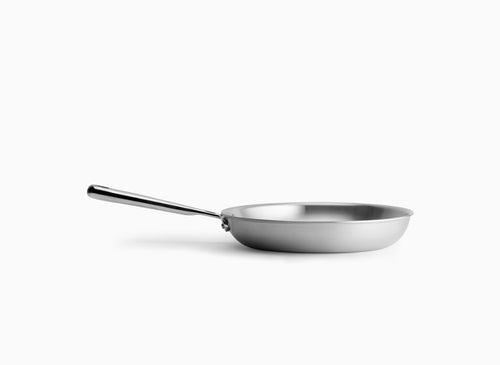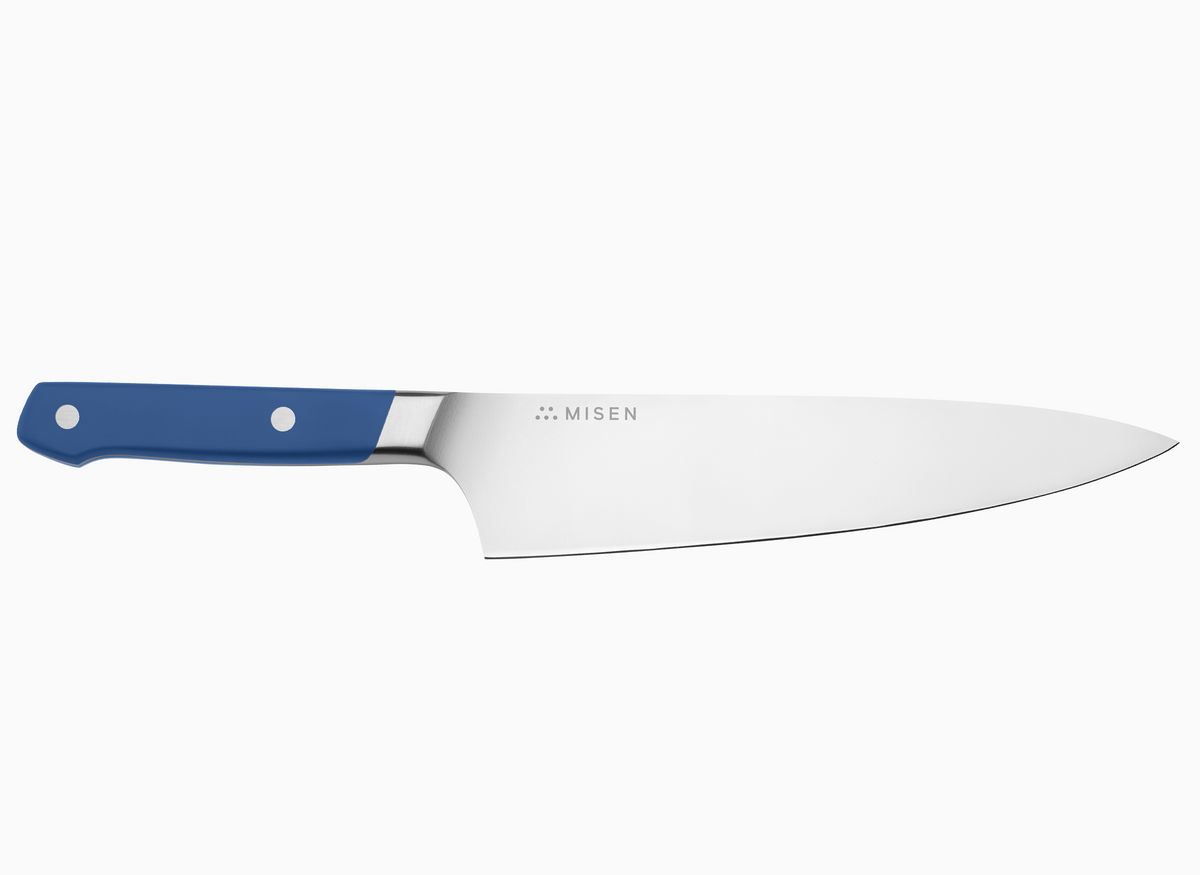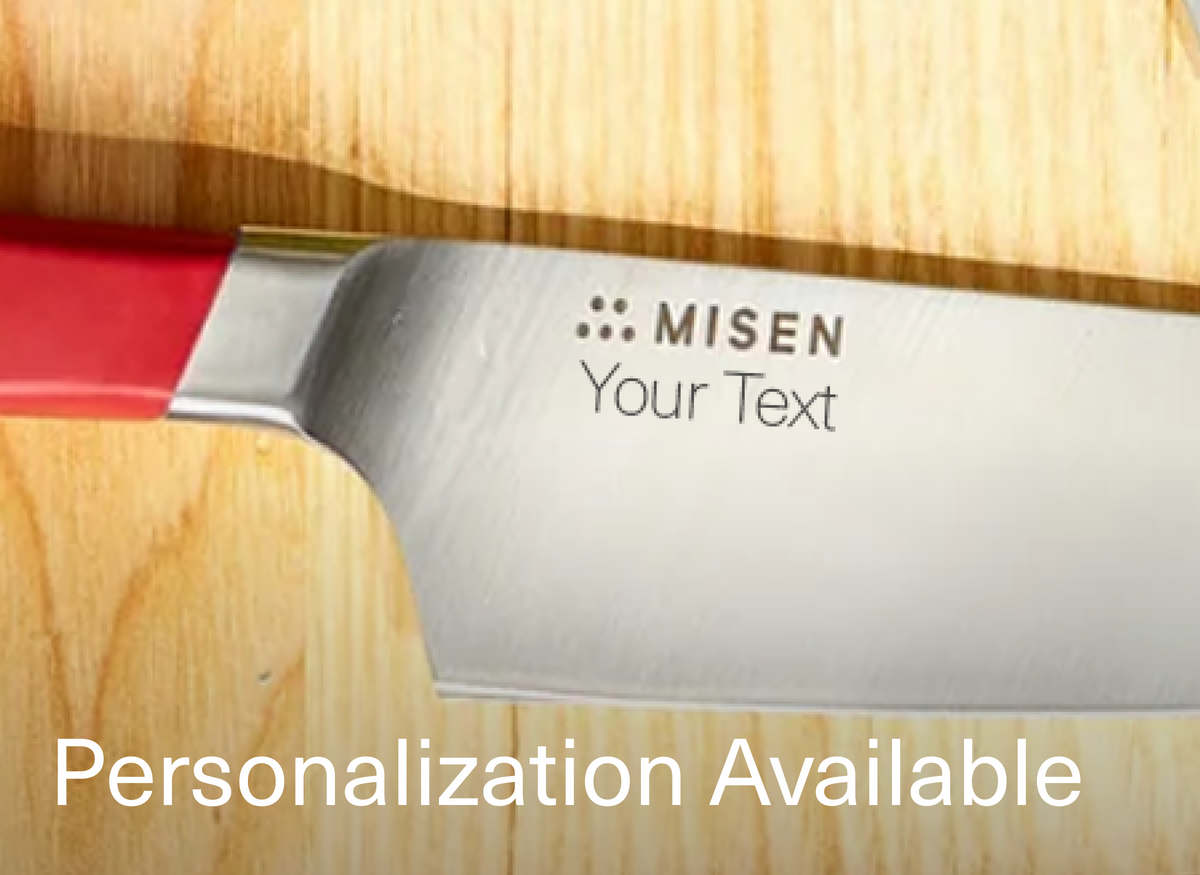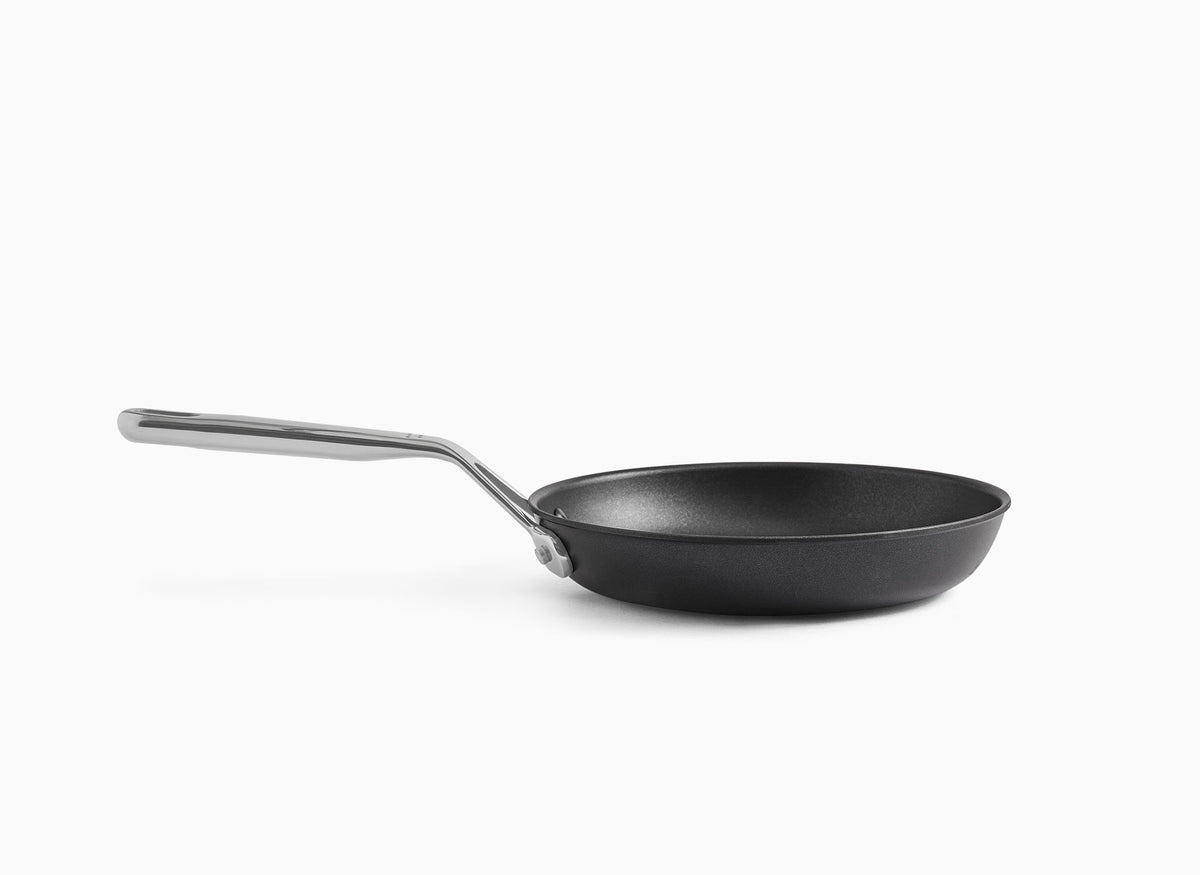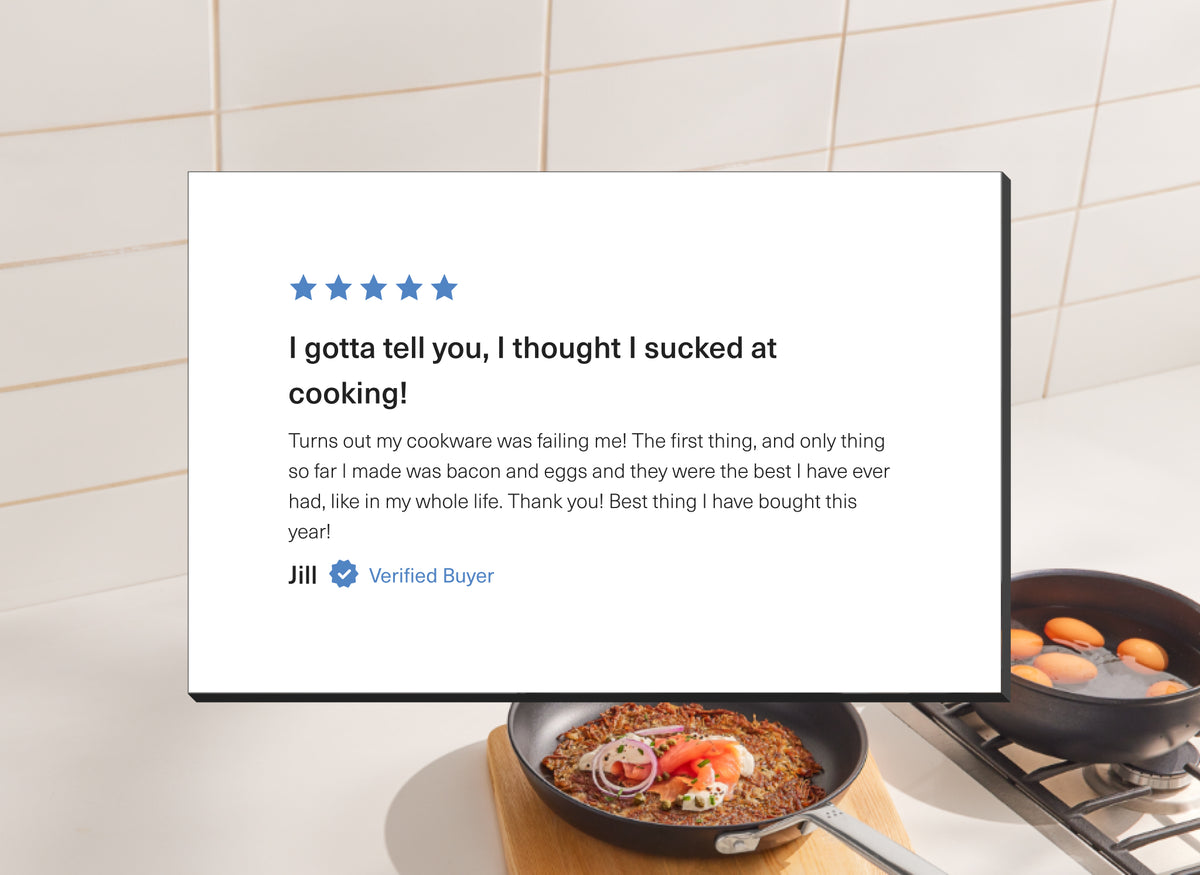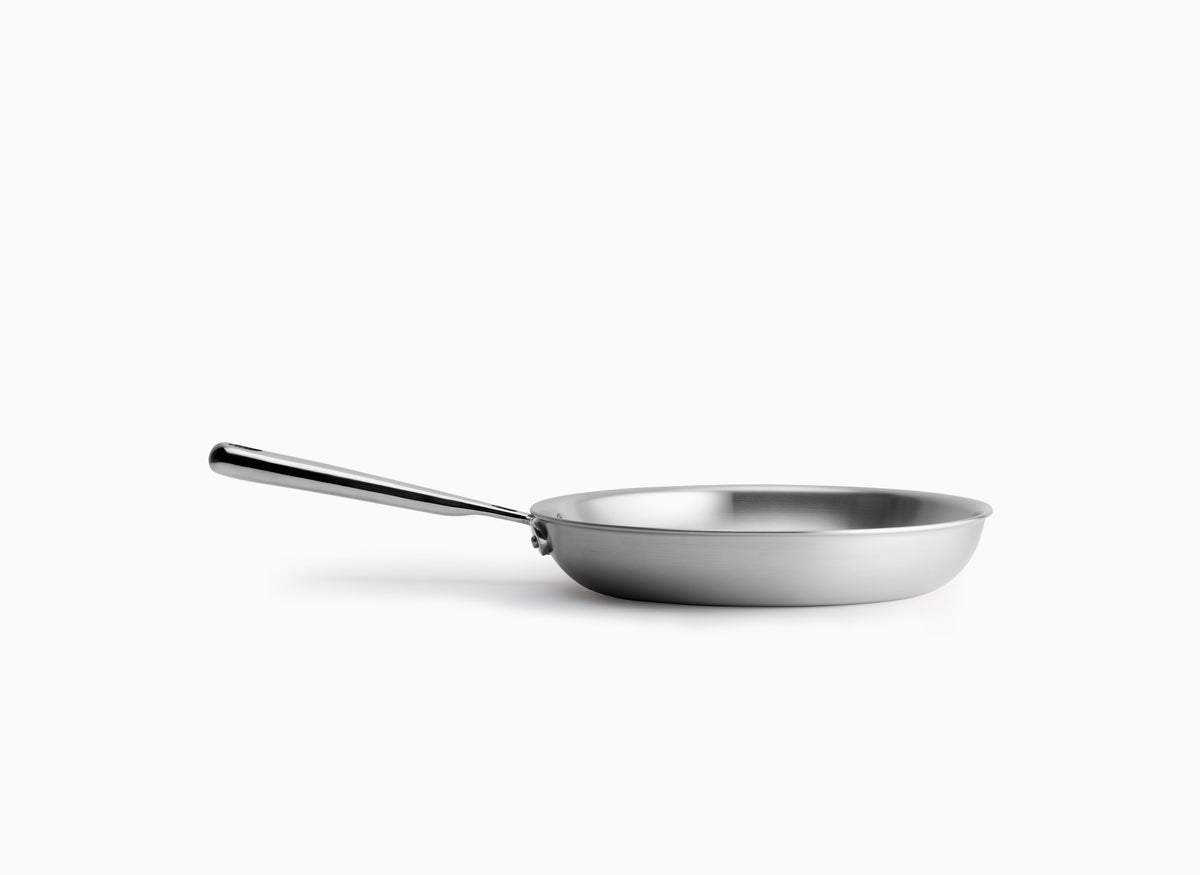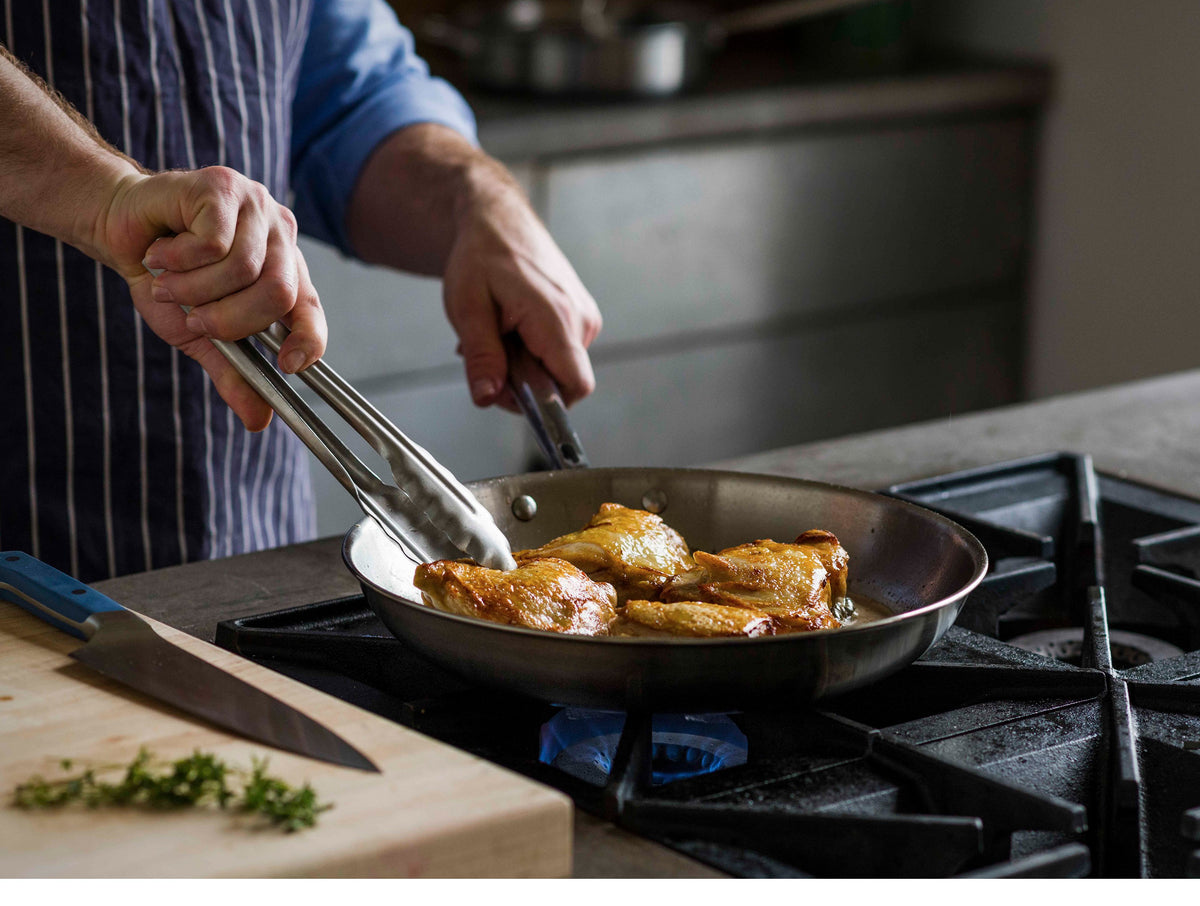Honing vs. Sharpening: What's the Difference
The words “sharpening” and “honing” are often used interchangeably when it comes to knives, but there’s an important distinction between them.
The inevitable consequence of using a knife is that its edge, which is a very thin piece of metal that receives a lot of impact, becomes dull. All you notice is that it’s not cutting quite as well as it used to, but on a microscopic level, a few different things may be happening.
Depending on what’s happening with the edge, the solution may be sharpening [link to sharpening article] or honing. Here are a few situations.
1) After long use, the edge will become worn down, like a rounded pencil tip. It can still cut, but not as swiftly or precisely.
2) Tiny nicks or dents may appear in the edge. These might be small to see but you can feel them interfering with a smooth cut, like annoying little glitches.
With either of these situations, the answer is sharpening. Sharpening entails using an abrasive stone to grind down the metal of the blade at a precise angle, removing a small amount of metal and returning the edge to its initial sharpness—again, very much like sharpening a pencil.
Often, though, sharpening is overkill. In everyday use, the thin edge of the knife can fold over like a piece of paper. So the sharpest part of the edge is still there, but it’s tucked under itself so it doesn’t meet the food head on. The knife might feel dull, and after a while the folded edge can break off, leaving a genuinely dull knife. Fortunately, it can be quickly corrected with a bit of honing.
Honing is done with that familiar rod with a handle that’s commonly mis-named a “sharpening steel.” Gently sliding the blade along the steel at an angle that matches the original edge will not remove any metal, like sharpening does. Instead it smooths out the folded-over edge so it’s straight again. That restores the knife’s cutting edge, and it extends the life of the blade.
